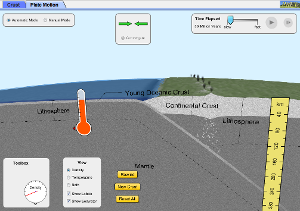The inquiry questions were:
What is DNA? How much DNA is in the strawberry? What do you think it looks like?
Hypothesis: If an average strawberry is about 11 grams, then the DNA we extract would be about 2 grams or 20%
Table: Mass of Strawberry vs. Mass of DNA
| Group | Mass of 5 Strawberries (g) | Mass of 1 strawberry (g) (divided by 5) Please calculate | Mass of DNA from 5 strawberries (g) | Mass of DNA (g) (divided by 5) Please calculate |
| 1 | 79.1 | 9.7 | 1.1 | |
| 2 | 66.2 | 13.74 | 1.2 | |
| 3 | 32.9 | 6.5 | 1.4 | |
| 4 | 49.5 | 9.9 | 1.9 | |
| 5 | 37.4 | 7.48 | 2.9 | |
| 6 | 38.2 | 7.64 | 2.1 | |
| 7 | 47.875 | 1.5 |
Data Analysis: On the graph paper in the packet, please graph the masses of 5 strawberries (all 7 groups) and masses of DNA from 5 strawberries (all 7 groups). What patterns do you see in the graph? Do you think the pattern would be different if you were to graph the masses of 1 strawberry (average mass) and the mass of its DNA (average amount of DNA in 1 strawberry)? Why or why not? Be specific.
Conclusion: Answer the guiding questions now that you have processed your data. Then, look back at your hypothesis, were you right? Explain what was correct or not correct. Why was it necessary to mash the strawberries? What was the purpose of the extraction buffer (salt, distilled water, dish soap)? Why did we need to add the alcohol? Why did it help us to see the DNA?
If you would like to see some great pictures (compliments of Jana), you can find them below in an attachment.
If you were to take the mass of 10 strawberries (average sized), how much DNA do you think you could get out of it?
What about 100?
Further inquiry: Do you think the data you and other groups collected were accurate/valid? Why or why not? What might have been some issues with the data? How could you improve this method of extracting DNA? If we had more time, what would have helped us to get even better data?
Think about a new experiment you could do with DNA and write it here in this section. For example, what about oranges and orange juice? What about fresh and frozen strawberries? Do they have the same amount of DNA? What about fanta? Does soda have DNA? What about tomatoes or onions? These are just a few examples that I could think of..
How would you design this experiment? Inquiry question, hypothesis, variables (control, manipulated, response)?





